As we read in Bhaddekaratta Sutta, on one occasion while the Buddha was staying in Savatthi at Jeta's Grove, Anathapindika's monastery, he told the monks that a disciple who has truly had an auspicious day is a disciple who does not chase after the past or place expectations on the future, but whatever quality is present, he/she clearly sees right there. The Buddha clarified that such a disciple does have a firm confidence, unshakable view regard to present qualities which means that he/she does not see the five aggregates as self, or self as possessing five aggregates, or five aggregates as in self, or self as in five aggregates.
My initial exposure to English language Buddhist hymns was when I was five years old in Seck Kia Eenh Buddhist Temple in Melaka in 1970. Hymns sung were mostly devotional in nature written by American Buddhists of Japanese descent. The late Ven. Sumangalo who was a visiting monk between 1959 until his demise in 1963 was instrumental in introducing these songs to Malaysia and since Seck Kia Eenh was one of his frequent stops, these songs slowly grew popular with the youth. By the time the late Ven. Ananda Mangala became the resident monk in 1963, Buddhist songs were incorporated not only during Sunday morning service but also into Buddhist plays which he staged regularly.

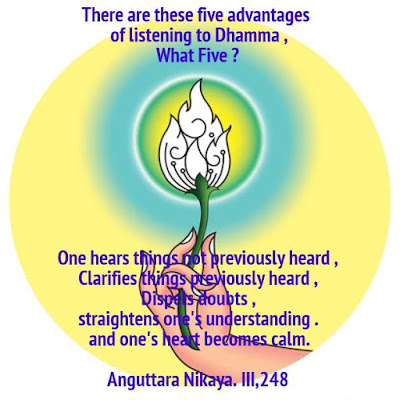










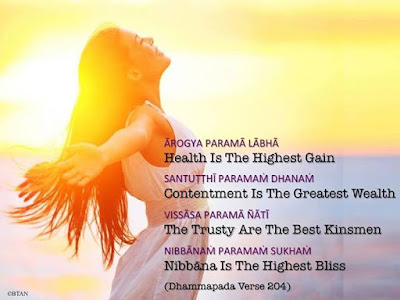




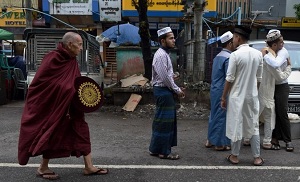 << A Buddhist monk (L) walks by Myanmar Muslims (R) greeting one another outside the Narsapuri mosque to mark Eid al-Fitr in Yangon on Jul 7, 2016 as the country's Muslims celebrate the end of the Islamic holy fasting month of Ramadan. (Photo: AFP/Romeo Gacad)
<< A Buddhist monk (L) walks by Myanmar Muslims (R) greeting one another outside the Narsapuri mosque to mark Eid al-Fitr in Yangon on Jul 7, 2016 as the country's Muslims celebrate the end of the Islamic holy fasting month of Ramadan. (Photo: AFP/Romeo Gacad)
 << The Revs. Shelley Fisher
<< The Revs. Shelley Fisher


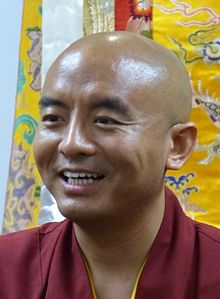


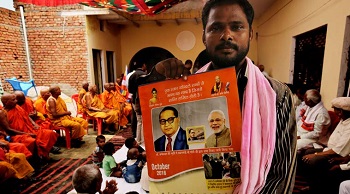 << A follower with a calendar containing photos of Buddha, Ambedkar and Modi at a village in Uttar Pardesh (Source: Express photo by Praveen Khanna)
<< A follower with a calendar containing photos of Buddha, Ambedkar and Modi at a village in Uttar Pardesh (Source: Express photo by Praveen Khanna)


